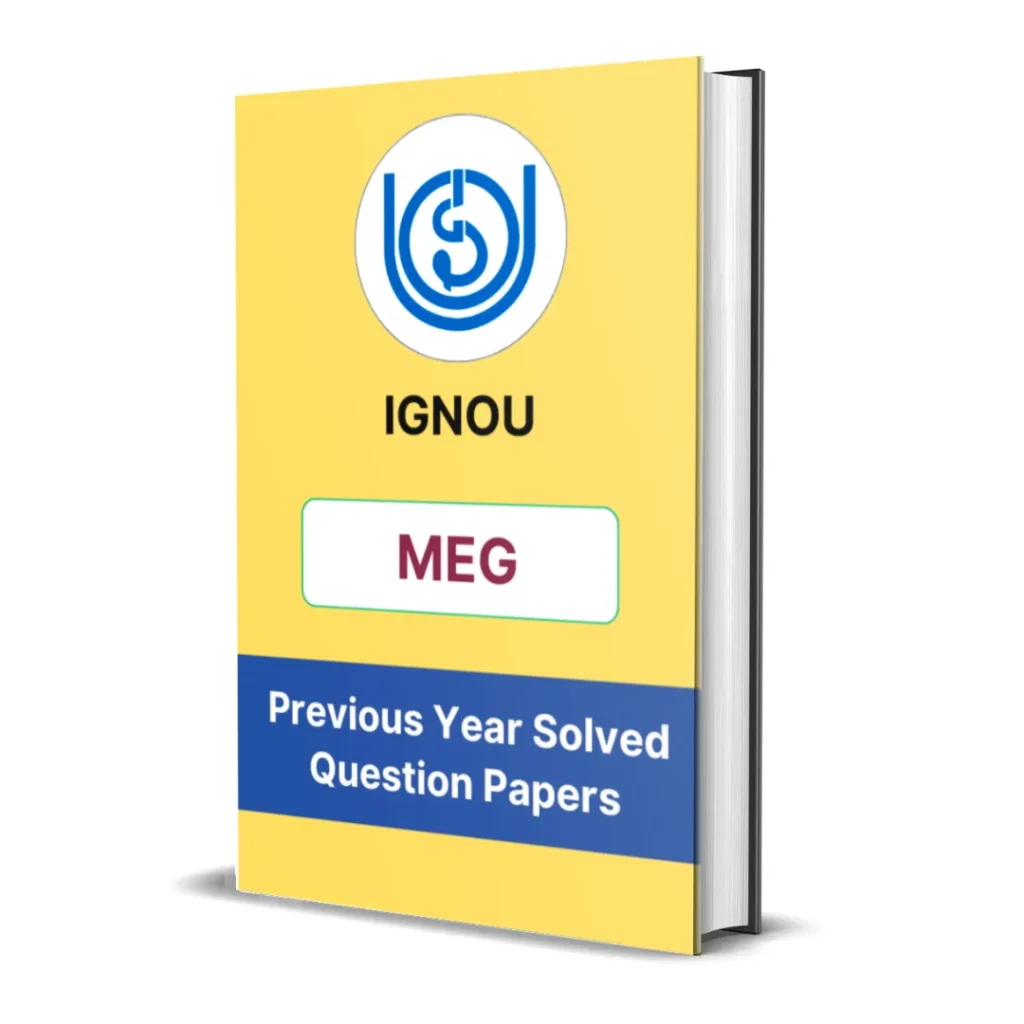IGNOU MEG-16 Block 5 Summary | Folk Poetry
- Last Updated On October 20, 2025
Table of Contents
Here you will get the detailed summary of IGNOU MEG 16 Block 5 – Folk Poetry.
We have provided the summary of all units starting from unit 1 to unit 3.

Unit 1 – Oral Epics in India by Stuart H. Blackburn
Unit 1 of IGNOU MEG-16 Block 5 focuses on Stuart H. Blackburn’s study of oral epics in India, emphasizing their role as vibrant expressions of regional identity, history, and cultural memory. The unit examines how oral epics—performed through song, music, and recitation—combine artistry with social function, recounting tales of heroes, gods, and communities.
Blackburn highlights that these epics are collective creations, shaped and reshaped through generations of performers and audiences. They vary across regions, reflecting local traditions, dialects, and moral codes, yet share universal themes of courage, loyalty, and justice. The unit also explores the relationship between performance and meaning, showing how the storyteller’s role, setting, and audience participation breathe life into the narrative. Ultimately, it positions oral epics as living archives that sustain cultural continuity and communal identity in a rapidly changing world.

Unit 2 – The Awakened Wind: The Oral Poetry of the Indian Tribes by Sitakant Mahapatra
Unit 2 of IGNOU MEG-16 Block 5 focuses on Sitakant Mahapatra’s The Awakened Wind, a collection that documents and translates the oral poetry of Indian tribal communities. The unit explores how Mahapatra preserves the lyrical beauty and spiritual depth of tribal expression, giving literary recognition to voices long excluded from mainstream discourse.
The poems reflect tribal cosmology, nature worship, social customs, and the emotional bond between humans and their environment. Through songs of birth, love, labor, and death, these oral traditions express the rhythm of life and the philosophy of coexistence. The unit highlights Mahapatra’s sensitivity to rhythm, symbolism, and performance, which captures the authentic cadence of tribal speech and imagination. It also underscores the cultural importance of documenting such poetry, showing how it bridges the gap between orality and written literature while affirming India’s pluralistic heritage.

Unit 3 – Ramayana in Modern South India, edited by Paula Richman
Unit 3 of IGNOU MEG-16 Block 5 focuses on Paula Richman’s edited volume Ramayana in Modern South India, which presents diverse retellings and interpretations of the epic across regional languages and performance traditions. The unit examines how the Ramayana, through oral, literary, and theatrical forms, has continually evolved to reflect the social, political, and cultural dynamics of South India.
These retellings reinterpret characters and events to address issues such as caste, gender, devotion, and morality, revealing how the epic becomes a medium for social reflection and contestation. The unit emphasizes how local storytellers, poets, and performers infuse the Ramayana with their own cultural and linguistic identities, creating multiple “Ramayanas” that coexist within the Indian tradition. By exploring these variations, the unit shows how the epic remains a living text—constantly reshaped through oral performance and collective imagination, sustaining both regional diversity and shared cultural memory.